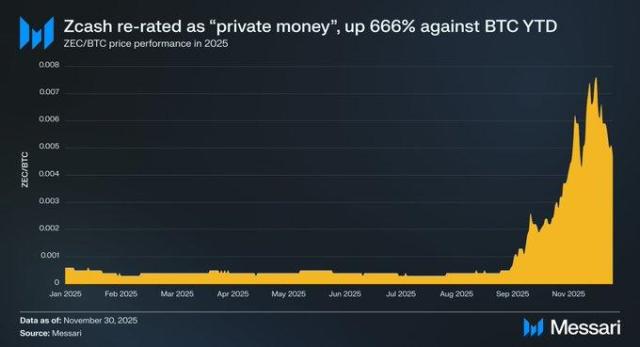A few months ago, NONE LAND introduced the RedotPay virtual crypto Visa card:How to Spend Crypto in the Real World? RedotPay Visa Card Lets You Swipe with Crypto, this time! The NONE LAND special correspondent has also used this card for consumption in Thailand, through the demonstration of this card, let's take a look at the new realm of crypto - PayFi (Payment Finance) - how it really realizes in real life, is it really more convenient and advantageous than carrying cash abroad? Below, we will introduce in detail what PayFi is, how to apply for the RedotPay virtual financial card, how to pay, and what functions and benefits it has!
From On-Chain "Money" to Life, What is PayFi?
PayFi is the concept of combining Payment and Finance, providing financial payment services through blockchain technology.
The traditional cross-border capital flow usually takes one to three working days, with government agencies, banks, and third parties involved, resulting in high transaction fees. These efficiency and procedural difficulties can be solved by combining finance and blockchain technology. The emergence of cryptocurrencies can simplify these complex processes, by using cryptocurrencies for direct payment, reducing the time and cost derived from fiat currency transactions.
PayFi Demonstration Example - RedotPay Visa Card
Carrying heavy cash abroad is relatively dangerous and inconvenient. As the times progress, many merchants have started to support credit card payments, and now the evolution has extended to using cryptocurrencies for payments, especially the crypto Visa card co-developed by crypto companies and payment giant Visa, which is very beneficial for cross-border consumption.

The crypto Visa card we are demonstrating today is issued by the Hong Kong fintech startup RedotPay, which holds an MSB (Money Services Business) license and has anti-money laundering (AML) compliance measures. RedotPay Visa Card supports cross-border payment, withdrawal, and transfer services in up to 61 countries, including the United States, Thailand, and Taiwan. After the card is activated, you can bind it to Apple Pay or Google Pay and start spending. Let's take a look at the process of applying for the RedotPay virtual card (not a sponsored introduction).
Step 1. Registration
After downloading the RedotPay App, use your mobile number or email to register and set a password. RedotPay offers both physical and virtual cards. The virtual card requires a $10 USD activation fee, about NT$330, and no annual fee thereafter. The physical card supports local fiat ATM withdrawal services, with a $100 USD activation fee (including all shipping costs), and free internal transfers.

Step 2. Activate Visa Card
Provide an English residential address and identity verification, which can be done with a driver's license or ID card. The KYC process on the website takes about 5-10 minutes, and I completed the virtual card activation in less than 5 minutes.
Step 3. Bind to Apple Pay or Google Pay
Enter the card number to quickly bind it, but you need to deposit at least $10 USD worth of crypto to start spending.

Step 4. Function Settings
It supports a total of five currencies: USDT, USDC, BTC, ETH, and USD fiat. (Cryptocurrencies need to be transferred on-chain to the RedotPay virtual card to be used.)

The virtual card is a Visa debit card, so you don't need to worry about the card being maxed out. For those concerned about the risk of fraud, you can further set a single transaction limit, as shown in the figure, the default is $100,000 USD, and the image adjusts it to $10,000 USD. Transactions exceeding the limit will be directly rejected by the payment system. You can also customize the priority order of payment currencies according to your preferences.

Step 5. Actual Swiping
The following provides a reference for the transaction fees. Except for those with Hong Kong identity, the rest are issued with USD cards by default.

On August 27, I used the RedotPay card to pay for McDonald's in Thailand, spending 422 THB, using USDT and USD for payment. After a 1% fee, the exchange rate was around 33.1 THB/USD, slightly better than the local bank's exchange rate of 32.77 THB/USD.

Overview of RedotPay Visa Pros and Cons
The following is a summary of the experience of using it in Thailand until now, which can be referenced by friends who want to use cryptocurrencies for payment.

Conclusion
Being able to directly use cryptocurrencies for payment is a really cool thing, and the exchange rate is quite reasonable. Next time you go abroad, you might as well try the RedotPay Visa card and experience the transition from on-chain money to real life. You can also use the RedotPay Visa card directly in Taiwan.
( * The content of this article does not constitute any form of investment advice. Any investment has risks, please research and consider carefully before deciding! )
〈Crypto is Real Money! Does Using a Crypto Visa Card Abroad Save More?〉This article was first published on《NONE LAND》.








